Sustainability
Sustainability Initiatives
With a core activity based on the transformation of natural raw materials and by serving other materials industries, IFB Refractories has a deep understanding of the strategic importance of natural resources and the absolute necessity of managing them properly and effectively.
Running its own quarry provides also a sense of reliability in sourcing key raw materials, but it also creates an acute awareness that the sustainability of the business is linked to the efficient usage of this resource and the development of recycling.
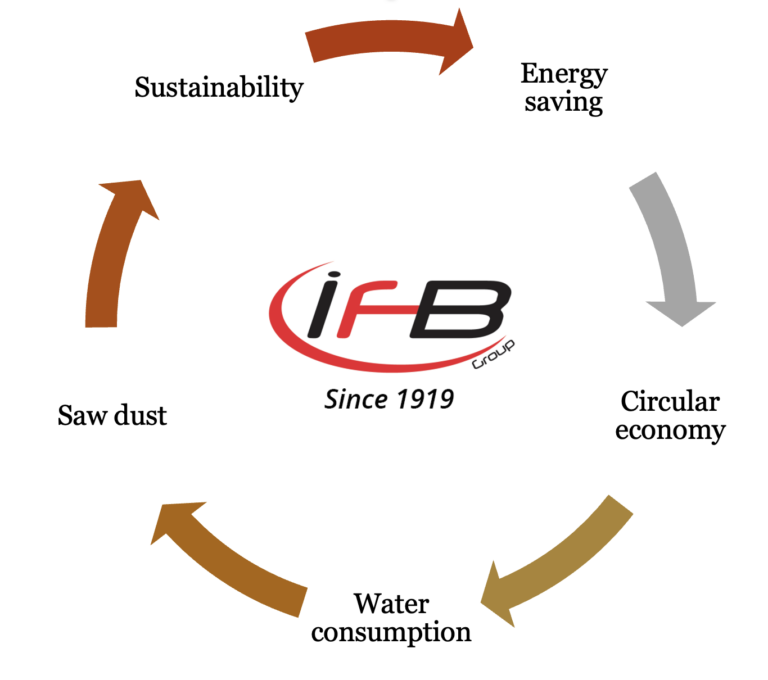
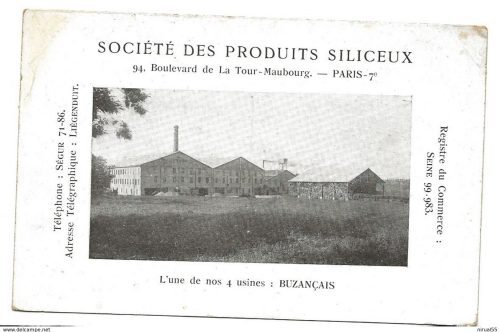
History and sustainability at IFB
IFB Refractories was founded in 1919 in the Centre-Val de Loire Region. At that time, transportation, energy, and water resources were less abundant than today. Therefore, the plant was located near the required natural raw materials, which were the refractory clay basin of Limoges and oak tree forests, thereby eliminating the need for long supply chains.
To compensate for limited water resources, raw materials were stored outside for weeks to capture as much rainwater as possible, reducing the use of piped water.
Additionally, the company used time to reduce the amount of necessary energy by letting the batches rest for a certain time before shaping the bricks. This process provided the necessary homogeneity and particle cohesion to avoid high-energy mixing.
As a labelled living heritage company, IFB Refractories has remained loyal to its historical processes, which are continuously fine-tuned to preserve materials, water, and energy. In a sense, the company has been involved in Corporate Social Responsibility since its inception.
Energy saving initiatives
As a historical European reference for insulating fire bricks, IFB Refractories helps its customers to reduce their energy consumption and C02 emissions in their high temperature processes.
However, the refractory industry remains energy-intensive. Bricks need to be fired at very high temperatures (more than 1000°C). Efforts must continuously be made to reduce energy consumption in the manufacturing processes.
Historically IFB Refractories, was created at a time when energy was not easily accessible. Our manufacturing process was therefore designed to save as much energy as possible. The use of saw dust from oak trees as the organic filler is the best example. It allows our bricks to spontaneously fire at the entrance of our kilns. This helps reaching the required high temperature from the start of the firing process.
Other steps to continuously improve the energy consumption in the process include better insulation, process control and enhanced adoption of eco-friendly practices.
This led to year-to-year reductions of our global energy consumption to a double-digit level per ton produced.
These results show that efforts pay off and encourage us to keep improving further.
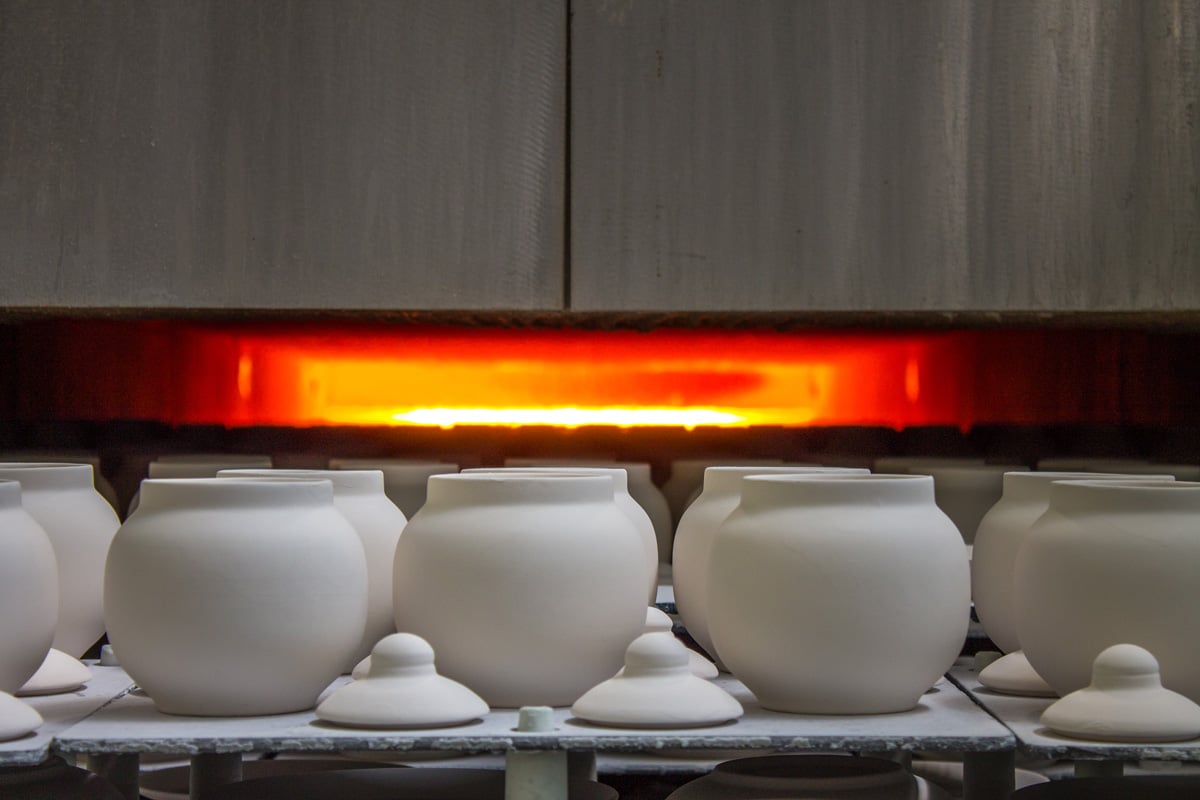
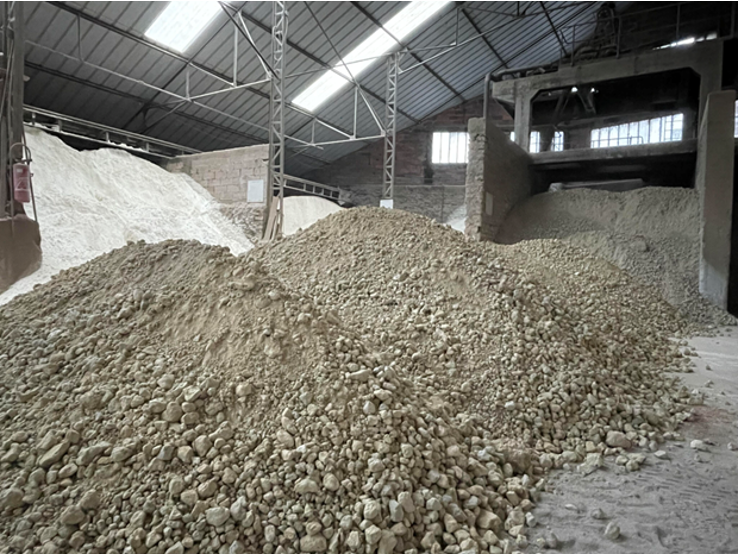
Circular economy
IFB Refractories was founded more than a century ago. At that time, resources were not as easily available as today and transportation costs were very high. This explains why the factory is located in the center of France, close to refractory clays resources and where saw dust from oak trees is abundant.
As a living Heritage labelled company, IFB Refractories has remained loyal to the principles of resource-efficiency management, which structure the entire manufacturing processes.
Internal recycling has always been a major focus. 68 % of internal rejections are recovered into the production process. These rejections concern mainly the external aspect of the products and don’t affect the intrinsic quality of the products at all.
The rest waste is carefully sorted out to fill our old quarry. In the meantime, our R&D team works hard on the development of new valorisations for these rejections as well.
Water savings initiatives
Insulating Fire Bricks are mostly made of refractory clays with a high content of silica and alumina. An organic filler like saw dust is added. It will disappear at firing to create the porosity of the brick. Finally, water is added to the mixture.
In the insulating fire bricks manufacturing process, water allows to set the right level of humidity for the mixture. Humidity acts as a natural binder between the different particles required for the mixture. It will also provide the needed plasticity to shape the bricks in a precise and repetitive way. A little bit further in the process, during the drying phase, water will be carefully removed from the bricks. This will enable the proper high temperature firing. No water is used at any other step in the process. Therefore, no industrially polluted water is released from the factory.
Our key raw materials spend a long time outdoors to naturally absorb a high level of humidity from rainwater. This allows only the minimum amount of water to be added during manufacture.
Healthy foundations are key but must be coupled with optimisations along the whole manufacturing process. Yield, dimension and quality Improvements, along with regular monitoring lead to substantial water consumption savings in the manufacturing process.
On top, rainwater is collected from our roofs to further reduce the consumption of running water.
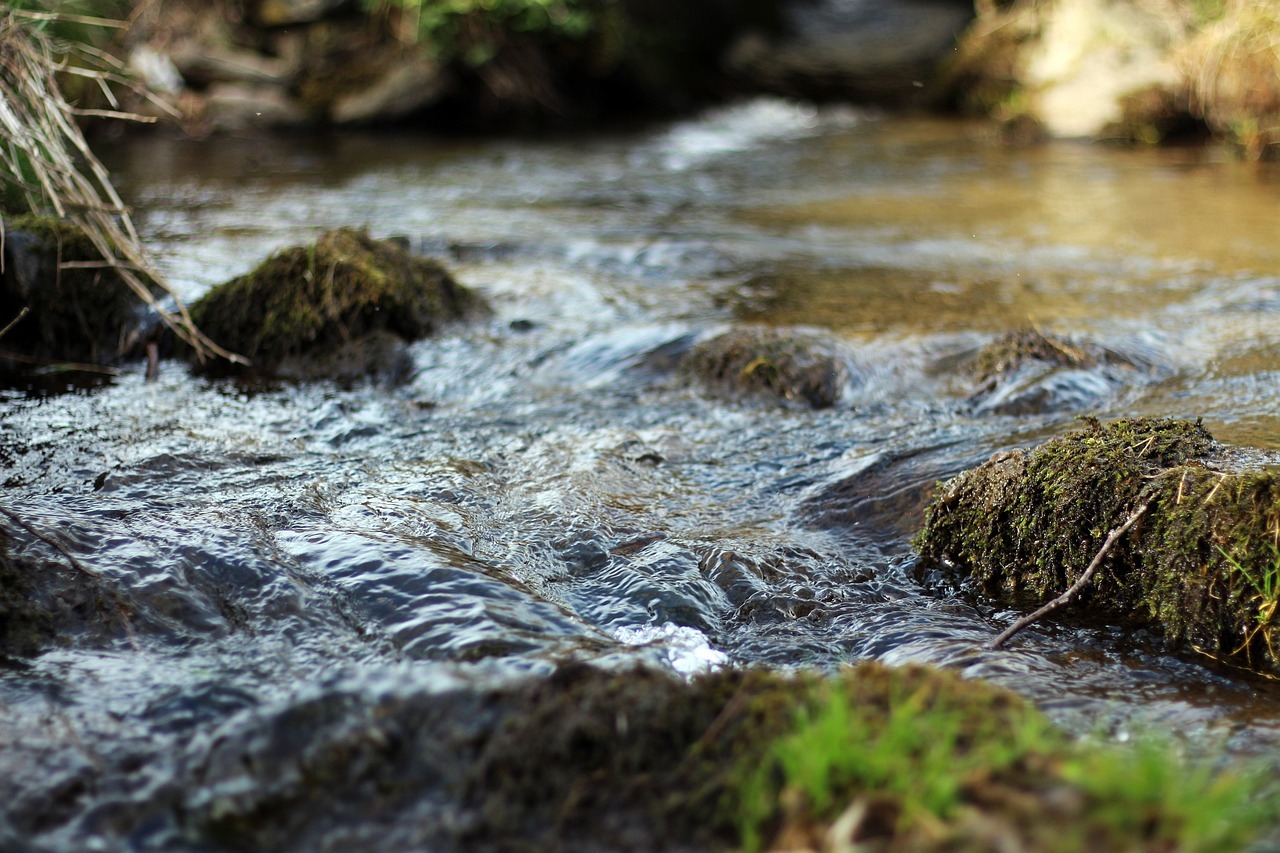
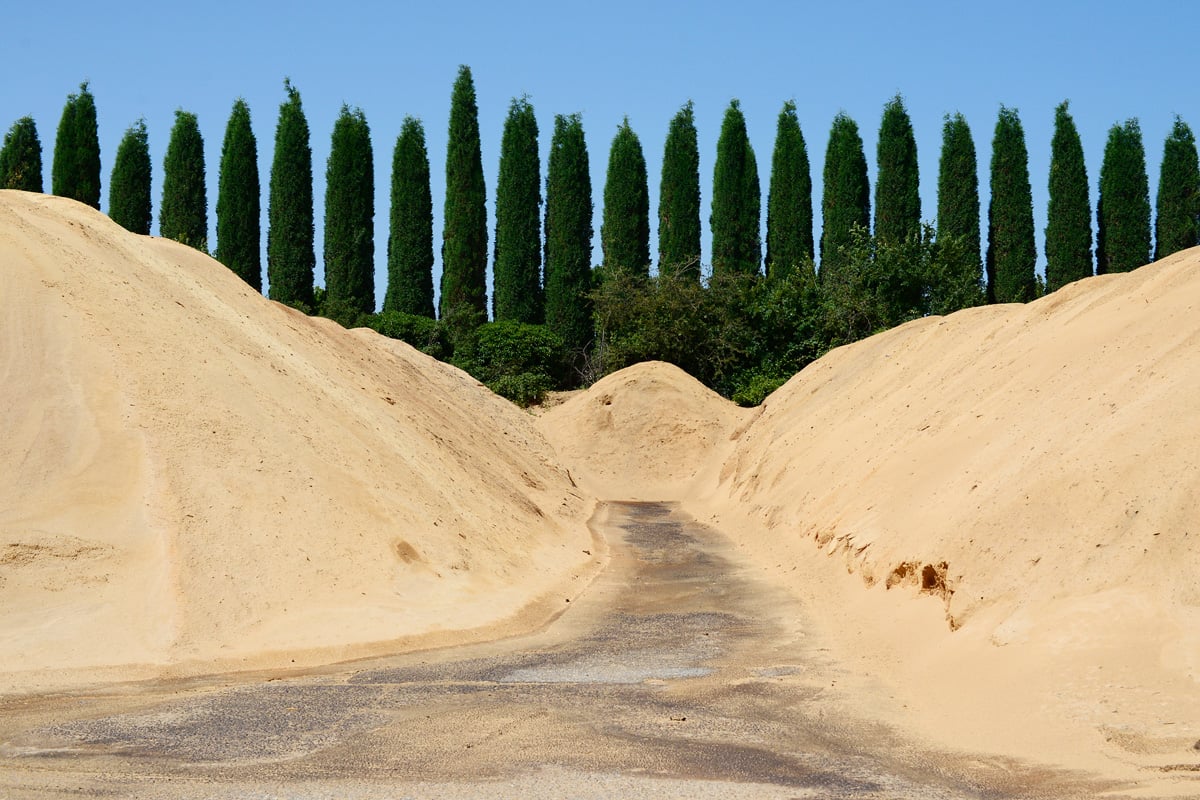
Saw dust
Saw dust is the biggest part in volume of our raw materials. The sawdust is incorporated in our mixtures to create the porosity of our insulation bricks. Saw dust is sourced from local sawmills, which produce different goods from local oaks, such as barrels for the wine or spirits. This saw dust is precisely calibrated to monitor the required porosity.
The residual dust is then further grinded until the grains reach the right size to be processed. The final dust that cannot be processed is sold to cattle brewers ensuring 100% valorisation of this key resource.
The future challenges are linked to external recycling at the end of life of the products. A complicated issue as it requires extremely precised sorting. IFB Refractories started to tackle the topic by starting with a specific raw material which is now being gradually incorporated.
Any questions? Contact us now!
Phone: + 33 (0)2 54 02 25 17
Email: ifb-sales@ifbgroup.fr
